Creating End User Documentation: Philosophies and Resourcess
by salomojj in Circuits > Tools
407 Views, 5 Favorites, 0 Comments
Creating End User Documentation: Philosophies and Resourcess

This instructable will help you by allowing you to:
- Have a clear understanding of the importance of good documentation practices, standards and principles
- Know which documentation will work for you!Have an end user focused mindset
- Have a set of documentation guidelines to follow using Camtasia
- Have some Camtasia tips and tweaks to follow
- Become Documentation masters and never worry about documentation, again!
Topics for Review
- Multiple forms of representation ( Different learning styles)
- Clarity and Consistency- Keep it simple and the Importance of Standard Templates
- Text vs. Graphics- The Debate
- Flow Diagrams- Flow Charts, IFD’s and Process Flows-To flow or not to flow, that is the question?
- Get the End User Involved
- It is done what do I do next?- Training/Follow up and Maintenance
- TO THE WEB?……….What tools are needed and how can this be simplified?
Documentation: Practice, Theories and Principles the Long Journey to Discovery!
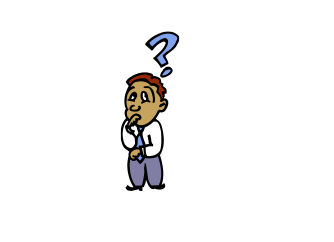
Creating End User Documentation: Why?
- Documentation allows all users the ability to follow a reference and execute processes themselves.
- Aids in training of new employees
- Allows the “Process Masters” time to do other things.
- Good time management
- Gives Clarity, Consistency and Organization
- Aids in Process Awareness and Business Process Reengineering
- Makes life so much easier
Multiple Forms of Representation
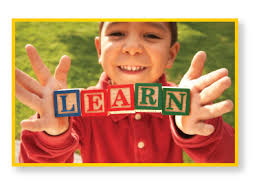
- Documentation should have an equal distribution in content of both text and graphic.
- Screen shots are important! –Different Learning styles. Howard Gardner- Multiple Intelligences- We all learn differently!
- You may want to include process flows or flow charts-Visual thinking-Edward Tufte
- Seek input from the end user during all stages of development!
- Creative Criticism. Don’t be afraid to change the content
Understand Your Audience
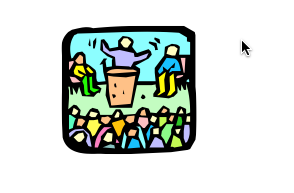
- Ask yourself who is my target audience?
- What am I trying to relay to this audience?
- Understand your users
- Communicate
- Seek input from the users
- Learn what works best for them and you!
- Try to get a feel of how they learn
Understand the Process or Subject of the Documentation

- Gather information about the subject matter
- If it is a process, execute the process yourself
- Communicate with all users at all levels!
- Seek input from a variety of users
- Never assume you totally understand the process or the subject matter
- Have the end user involved during all stages of the development process
- Revise when necessary
- Test, Test, Test!
Clarity, Consistency and Timing-Don’t Confuse the User!
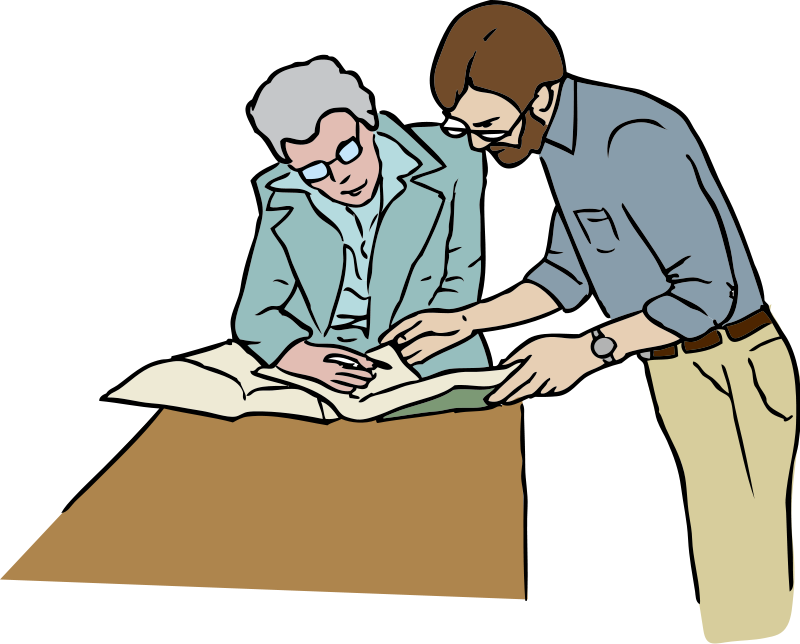
- Clarity- Use terms that clearly convey what you are trying to say to the end user, help the user and do not confuse the issue or be condescending.
- Avoid unnecessary IT/Technological babble.
- Consistency- Be consistent with other documentation. Use standardized templates! (Formatted Headers and Footers) All can be done using tables in Microsoft® Word
- Location-Find a Documentation Hideaway. You need to be creative so find that place where you can flow
Text Vs. Graphics Which Works Best?
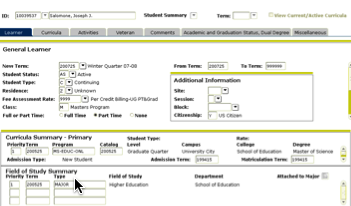
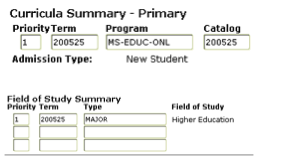

- Try to have equal representations of text and graphic in your documentation. Remember we all learn differently! Sometimes a picture can say a thousand words!
- Use Screen shots (Print Screen and Paint, Snagit) or Entire Shots or Parts of screens to get your point across.
Process Flows, Flowcharts, IFD’s:To Flow or Not to Flow, That Is the Question?
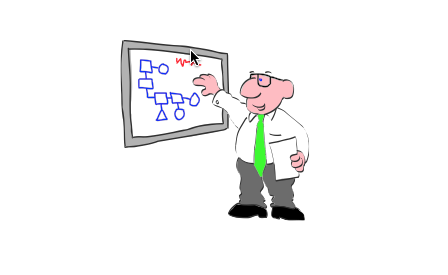
- Flow charts, process flows and IFD’s (Information Flow Diagrams) help to
understand a process - Do I need them?- Flows allow for another means of visual representation
- Helps better illustrate your process
- Gives the user a complete picture!
- Helps in reengineering a process
- Gives a big picture approach - Identifies Delays/bottlenecks in a process
- Shows a logical continuum
- Create using current flowchart and Information Flow Diagrams (IFD) standards!
Get the End User Involved...Again!

- Have all users participate - Involvement aids in support from the user and overall success. Nobody likes to be left out of what directly affects them.
- Helps with Buy-In Strategy
- Promotes a good working environment
- End User participation is crucial - They will be using the documentation
- Good information source, if all aspects of the process are not know by the documentation creator
- Involvement= Support and acceptance
Documenting With Technology

- Need a more dynamic way to present documentation, that gets the user involved!
- Use Camtasia, why because it works!
- What is Camtasia Studio- Camtasia Studio is an application that facilitates the capture, editing and production of multimedia on a desktop computer.
- Camtasia Relay is a simple to use application that is meant for easy screen recording and automatic publication. Relay supports screen capture recording on both Windows and Mac platforms. So if you do not need to make edits Relay can help you to quickly capture a process and produce it in a number of formats right to the a server or publishable to the web.
Tutorials:
Am I Finished? and What Do I Do Next?
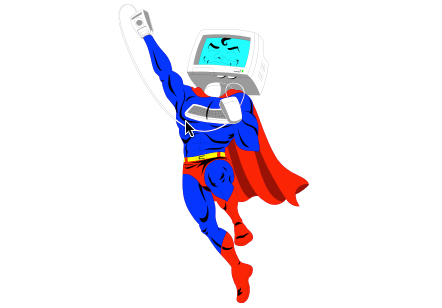
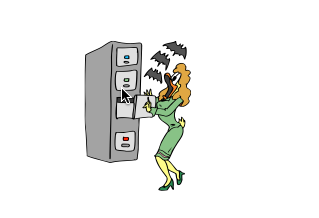
- Test the documentation-Usability Study
- Make Necessary Changes based upon feedback from the end user
- Train individuals unfamiliar with the process to see if they are able to follow it!
- Maintenance-Review the documentation when changes occur in the process, to ensure it is accurate! There is nothing worse than out dated useless documentation!
- Once done, take it to the web and share electronically
Summary
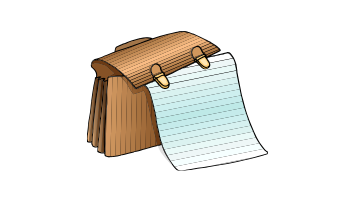
- Documenting standards, they stay the same!
- Clarity and Consistency-Be concise and simple, avoid confusing terms
- Multiple forms of representation - We all learn differently
- A picture is worth a thousand words! Use technology to your advantage!
- Get the end user involved during all stages of the documentation development process. Their input is invaluable!
- Accuracy - Keep documentation current, revise whenever necessary!
- Use technology: www.techsmith.com